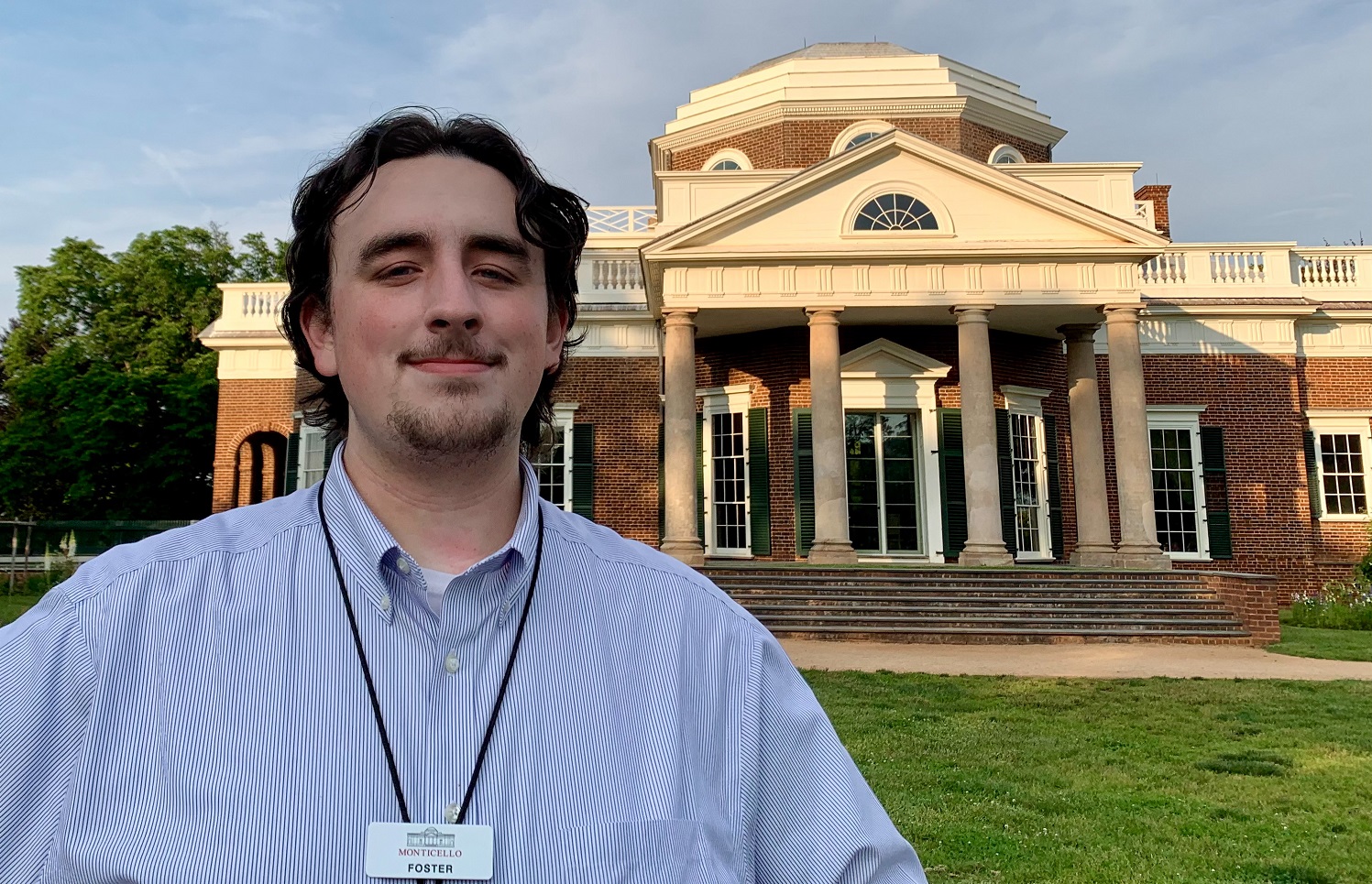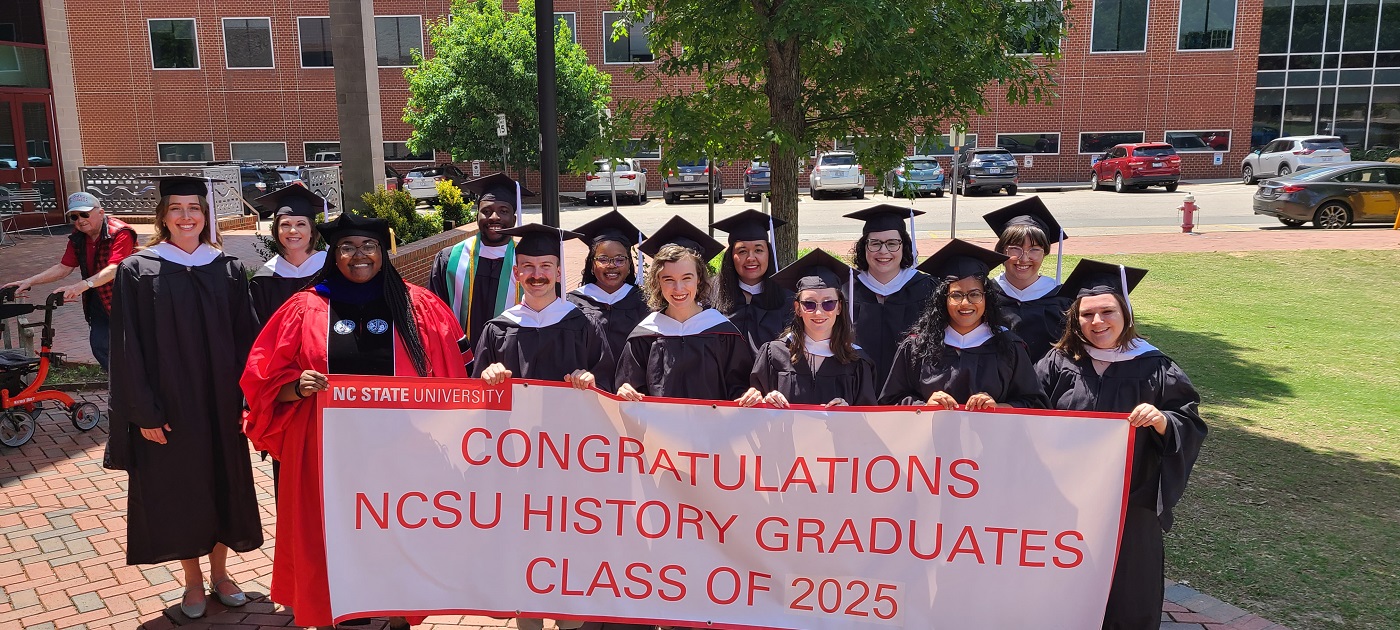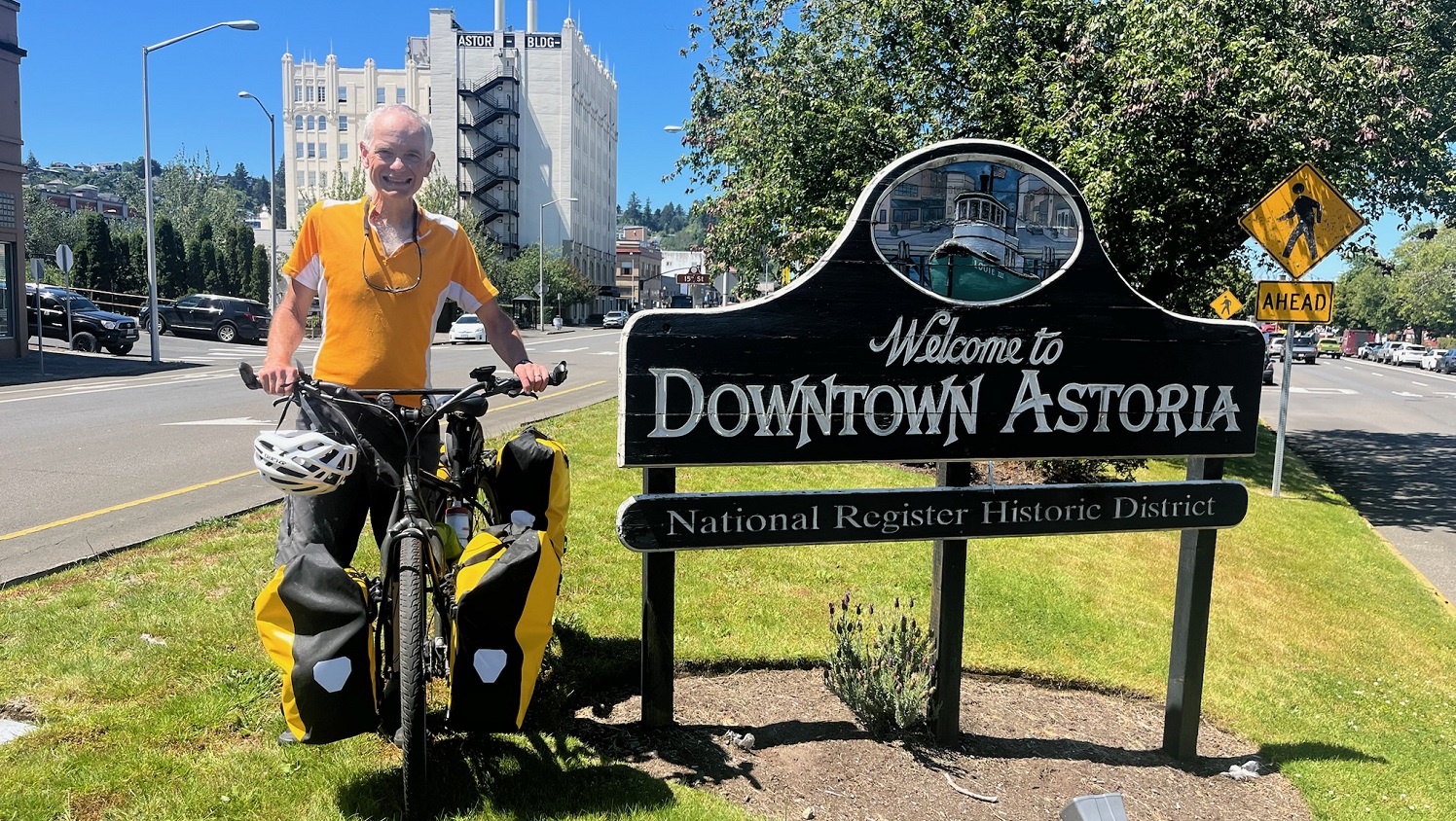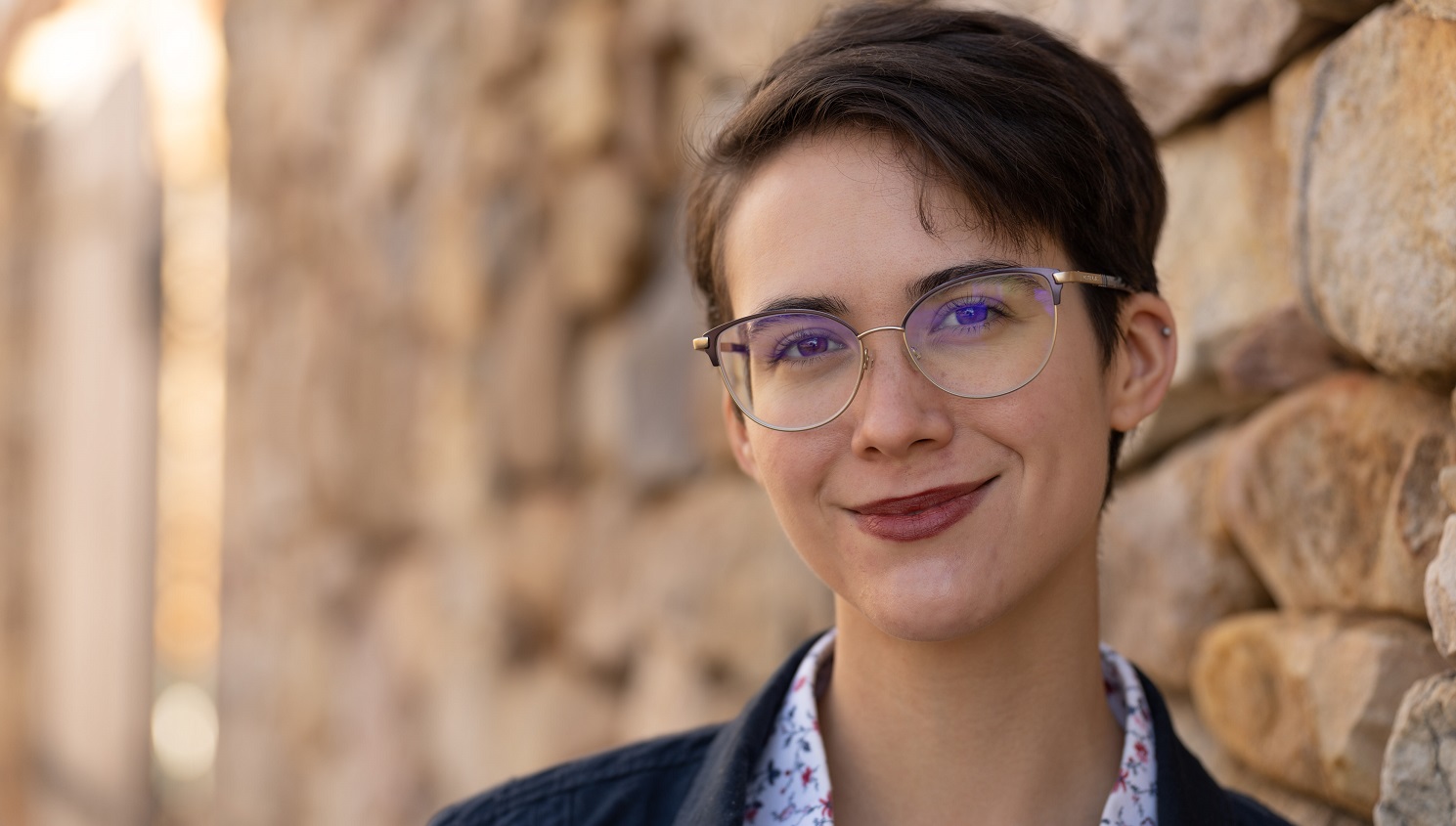This summer, from May 13 to August 5, I was employed as an intern for the Education and Visitor Programs department of the Thomas Jefferson Foundation. In other words; this summer, I was a tour guide at Monticello.
Tours of Monticello make their way through, what was, the home of Thomas Jefferson, the principal author of the Declaration of Independence, the first Secretary of State, the second Vice-President, and the third President of the United States. Monticello – the house that tours wind through for 45 minutes – was the plantation home that Jefferson designed and oversaw the
construction of. Jefferson, in addition to his monumental political career, was also a planter and he enslaved some 600 individuals over the course of his life. So, the tours offered at Monticello aren’t just about Jefferson and his family, but also the enslaved community who lived and labored at Monticello. The site, therefore, offers tour-goers a chance to learn about, and reflect on, the people who shaped the founding of the United States.
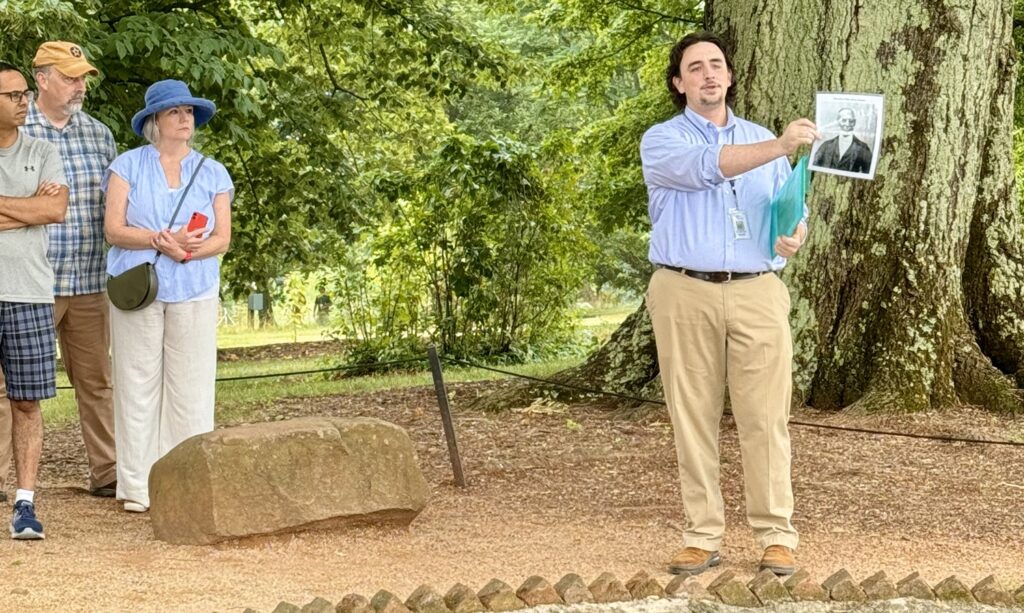
Leading these tours not only gave me the chance to improve my historical know-how (at least in things that pertained, however tangentially, to Thomas Jefferson) but also gave me vital first-hand experience in presenting and interpreting that information for the public. Giving anywhere from 3-5 tours a day strengthened my confidence in public speaking, but I also developed a better sense for how the public at-large engages with history. For example, as I led tours, I gained a better sense for what information kept guests engaged and what seemed to be too boring, and I adjusted my tours accordingly. That’s not to say that I sensationalized them, but that I worked to present the relevant information in a way that kept guests engaged.
Leading tours of Monticello was as much about guest satisfaction as it was about interpreting history, but I was pleasantly surprised at guests’ receptiveness to the information I was interpreting for them. For as contentious as public history can be, here in the 2020s, guests seemed willing to at least consider the history of slavery and enslaved people that every tour covered. On more than one occasion following a tour, guests remarked that they were pleased that we included slavery in our interpretation, and some had even changed their perspective on Jefferson. Those moments were more gratifying than any tip.
